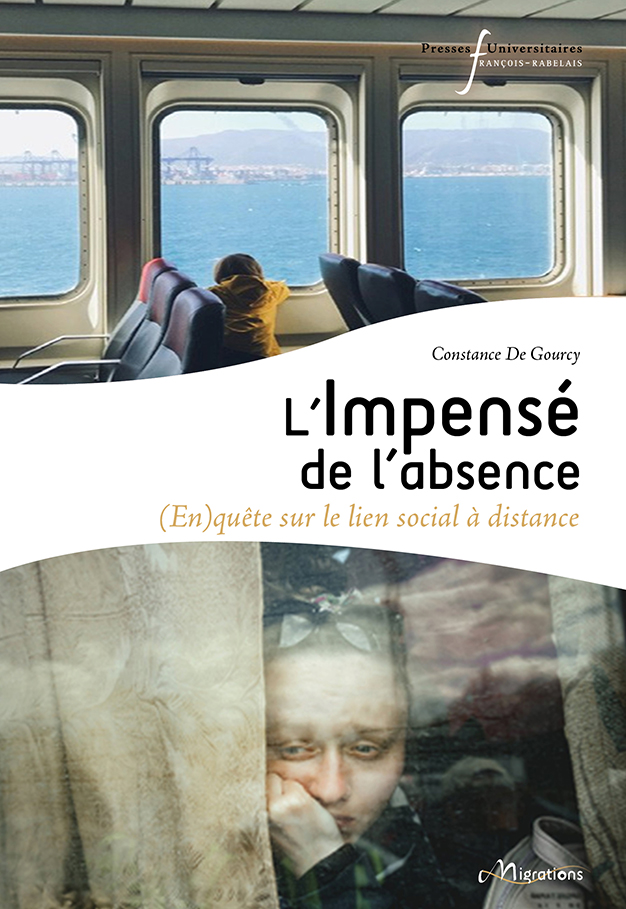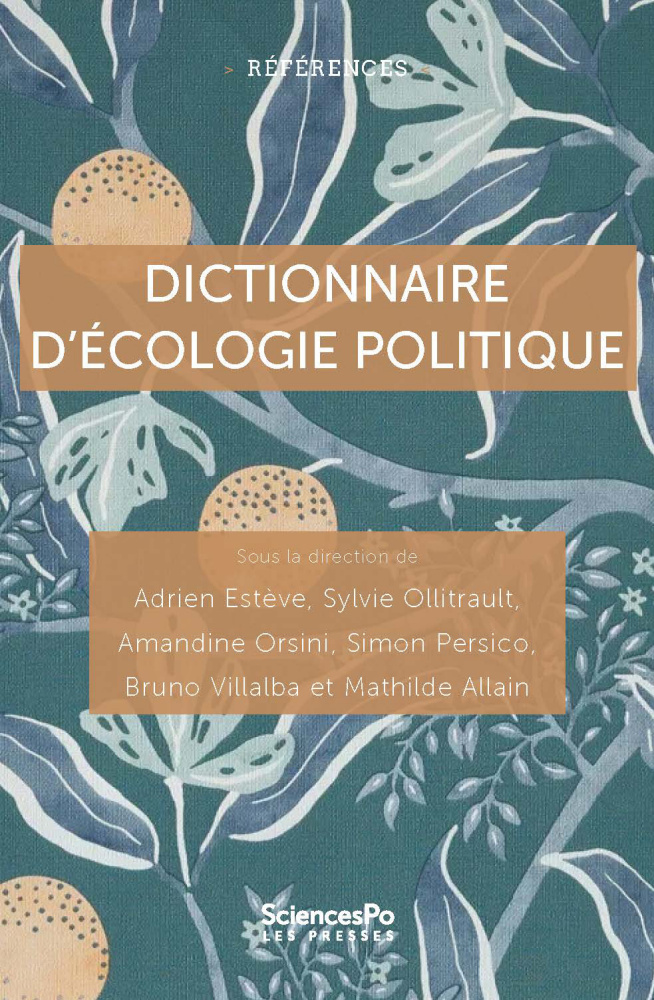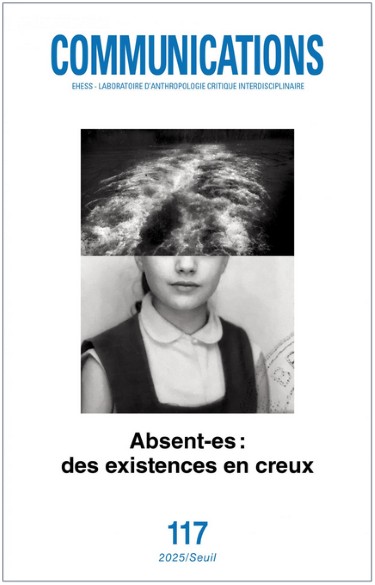Book by Constance De Gourcy: "L'impensé de l'absence. (En)quête sur le lien social à distance".

Constance De GourcyCollection Migrations - PUFRJune 2024, 156p.
Based on a dissertation for a post-graduate diploma in research, this short but dense work aims to fill a gap in French-language sociological literature. Since the seminal work of sociologist Abdelmalek Sayad, the term "absence" has been absent from research, with the exception of works in the field of transnational motherhood. This is all the more paradoxical given that in the English-speaking academic world there is a burgeoning anthropology and geography of absence.
The book takes the formation of this silence as its starting point, because it brings to light an unthought about the difficulty of dealing with an object that is no longer self-evident in sociology. In order to carry out this (quest for) meaning, this book is based on an in-depth reading of the main founding works of the discipline, both classic and contemporary, in order to find possible avenues for tracing the emergence of absence as an object of knowledge, while exploring its many ramifications in time and space. This objective goes hand in hand with a more global challenge, which is to show that the notion is not merely descriptive in our changing world. What is instituted in the absence allows us to see the multiple resistances opposed to the logics of structural transformations of the world and to inequalities of access to mobility.
Editor's link : https://pufr-editions.fr/produit/limpense-de-labsence/
HAL Notice : https://hal.science/hal-04602761
Table of contents
- Preamble
- Introduction
- Chapter 1. Absence: the silent object of sociology
- (In)search of absence
- The challenges and limits of co-presence
- In absentia: rumour and gossip in the work of Erving Goffman
- Maurice Halbwachs and the end of the opposition between presence and absence
- Sidebar. Absence in ancient narratives: a female perspective
- Chapter 2. Is a sociology of absence a sociology of the body?
- The crisis of presence
- The eye and Georg Simmel's bonding process
- International adoption: bonding through sight
- The voice that connects
- Absence and prison facilities
- Talking to the absent person: the sensitive matter of the link
- The affected body: emotions in absence
- Sidebar. Inventing absence
- Chapter 3: Absence relationships and coexistence regimes
- Absence and animal societies
- Absence relationships through a gender lens
- Separation in the face of death
- War and gendered absence
- The transnational family
- Sidebar. Making a family from a distance
- The past, present and future of absence
- Cryonics: organising absence
- Sidebar. Colonel Chabert: the return of an absent man
- Chapter 4. Towards a society of absentees?
- Transnationalism and absence
- The unthought absence: technicist bias, evolutionist bias
- The enigma of maintaining long-distance links
- The social and political production of absence
- Sidebar. Protecting the heritage of migration, representing absence in museums
- Chapter 5. Contemporary societies through the prism of absence
- Absence as a test of solitude and isolation
- Absence and exile in the camps
- Sidebar. The music of absence
- Disappearing: a never-ending absence
- Absence: an institution?
- Sidebar. The Panopticum
- Conclusions
- Methodological opportunities: observing and documenting absence
- Remembering absence?
- A sociology of objects: the artefacts of absence
- Sidebar. Can absence be photographed? Roland Barthes and the missing photograph
- Bibliography
Share on
Read also


